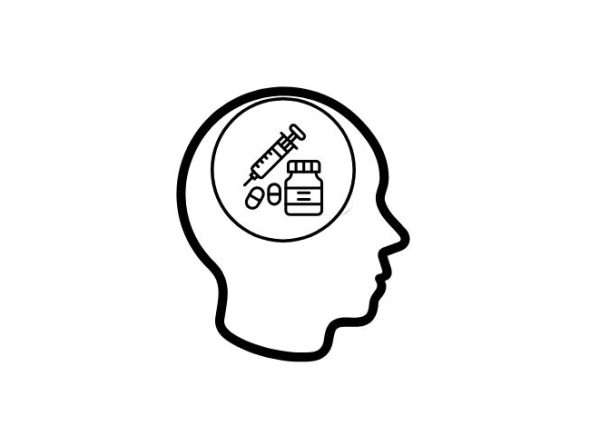Not Everyone Hears Voices
When someone reads a book or thinks a thought, they hear their own voice in their head. Although it might be uncommon, other people think in peculiar ways.
Most people have what’s called an internal monologue. This is the inner voice that narrates your thoughts throughout the day. Although this is true for most people, many have no inner dialogue. While that might seem strange to some, it’s equally odd for someone who doesn’t have an inner monologue to imagine how other people think.
According to Jessica Stewart, a writer for My Modern Met, researchers at Harvard University found out that visual and verbal thinking are highly linked. While people think of themselves as being either more verbal or visual, it isn’t necessarily the case. In fact, people with a clear inner monologue typically have stronger mental visuals to accompany their verbal thoughts.
“I have always been good at emulating the emotions from things I read, sing and listen to,” ACHS fine arts department chair Trey Hickey said. “I believe the fact that I hear a voice when I am reading allows me to understand the emotions of what I am reading more than someone who simply sees the words on the page.”
It is questioned whether the way you think or what you hear while thinking affects certain skills that you have, which could possibly play a role in one’s strengths and weaknesses when it comes to interpreting certain things and being able to see didn’t perspectives.
“Honestly, I had no clue that people could hear themselves in their heads.” junior Holly Horvat said. “I’ve always pictured words or sentences, i’m a really visual person. I though everybody thought the way I do but I guess it’s super rare to think like me.”
According to the Association for Psychological Science, a predictive signal called ‘corollary discharge’ helps our brain explain things. This mechanism plays a role in how our auditory system processes speech. When we speak, an internal copy of the sound of our voice is generated in parallel with the external sound we hear. So for the people that do hear themselves think, this is how they can.
“When I was asked about how I think, I was genuinely confused,” sophomore Leahanna Davidson said. “The fact that not everyone thinks the same is mind blowing because I guess nobody really talks about it. It definitely caught me off guard.”
Whether one is more of a verbal or visual thinker, the phenomenon raises interesting questions about how we think and process information. The next time one sees someone lost in thought, they might just wonder what the conversation is inside their head.










